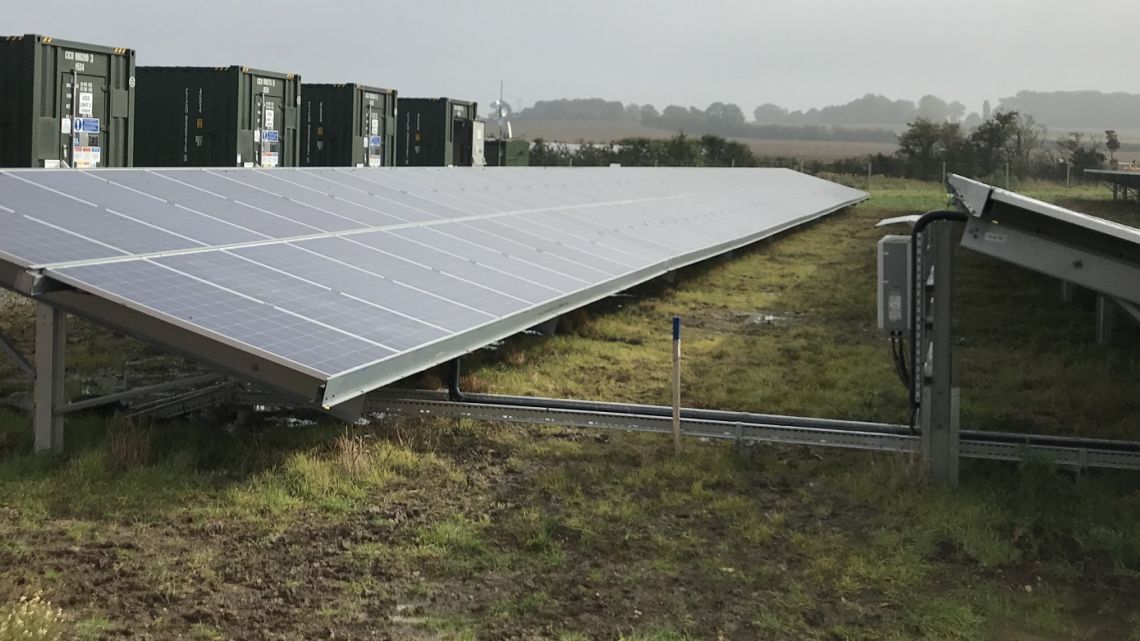
Financing is the last obstacle to more widespread subsidy-free developments throughout Europe as merchant risk remains problematic to debt providers, industry experts have concluded.
Speaking at last week’s Solar Finance and Investment Conference in London, ex-NextEnergy Capital MD and current Wise Energy chief Abid Kazim spoke of the unlikelihood that providers of significant debt finance would consider solar projects built on merchant business models appropriate from a risk perspective.
Other costs, especially hardware, have fallen to a level where subsidy-free developments throughout Europe should be plausible, with BayWa r.e.’s Benedikt Ortmann expressing his belief that solar developers should be able to build plants without subsidy support in the south of England this year, and as north as Aberdeen by 2021.
This would substantiate similar reports from within the industry. Late last year the Solar Trade Association unveiled new research which showed solar could be deployed in the UK at around £40/MWh by 2030 and somewhere between £50-60/MWh this year, a price which would be sufficient enough to bring forward around 500MW of new utility-scale solar in 2019.
However Kazim was more ambitious, arguing that it should be within a developer’s targets to be capable of developing at £35/MWh by the end of 2020, factoring in continued decreases in costs.
There was also discussion surrounding what the post-subsidy landscape would require in terms of skillsets, and how they might differ from the previous, RO and FiT-fuelled development cycles.
Ortmann said that the need for plants to be as productive and efficient as possible would place greater importance on build and module quality, especially as emerging business models are trending towards 30-40 years of operation rather than 25.
Ezio Ravaccia, chief financial officer at Solar Ventures, said the increasing reliance on power purchase agreements to stabilise revenues for financing purposes would result in a growing requirement counterparty management, something which many pureplay solar developers have not needed until now.
Solarcentury’s Peer Piske and Kazim however struck a similar chord with their suggestions that solar developers and asset owners would need more sophisticated asset and data management strategies, with Kazim in particular pointing towards an ever increasing sophistication in post-acquisition management.
This, Kazim added, was part of an emerging trend that solar as a whole was professionalising.
“We’ve gone from a business of cowboys to a room full of professionals, [and] it’s a very different world today,” he said.
Ortmann responded however that the first signs of an emergent subsidy-free market, which are already being seen, meant that the cowboys were “coming back”.

